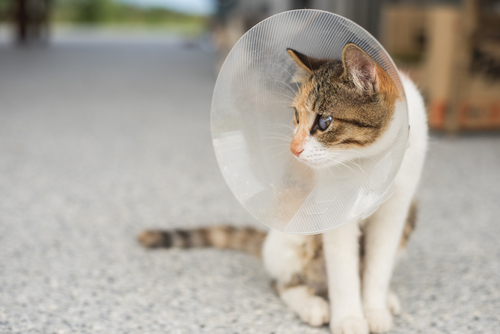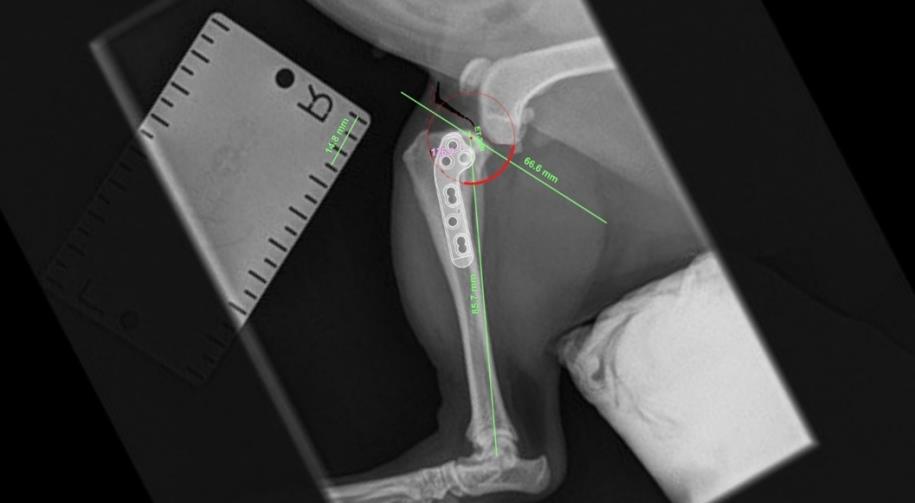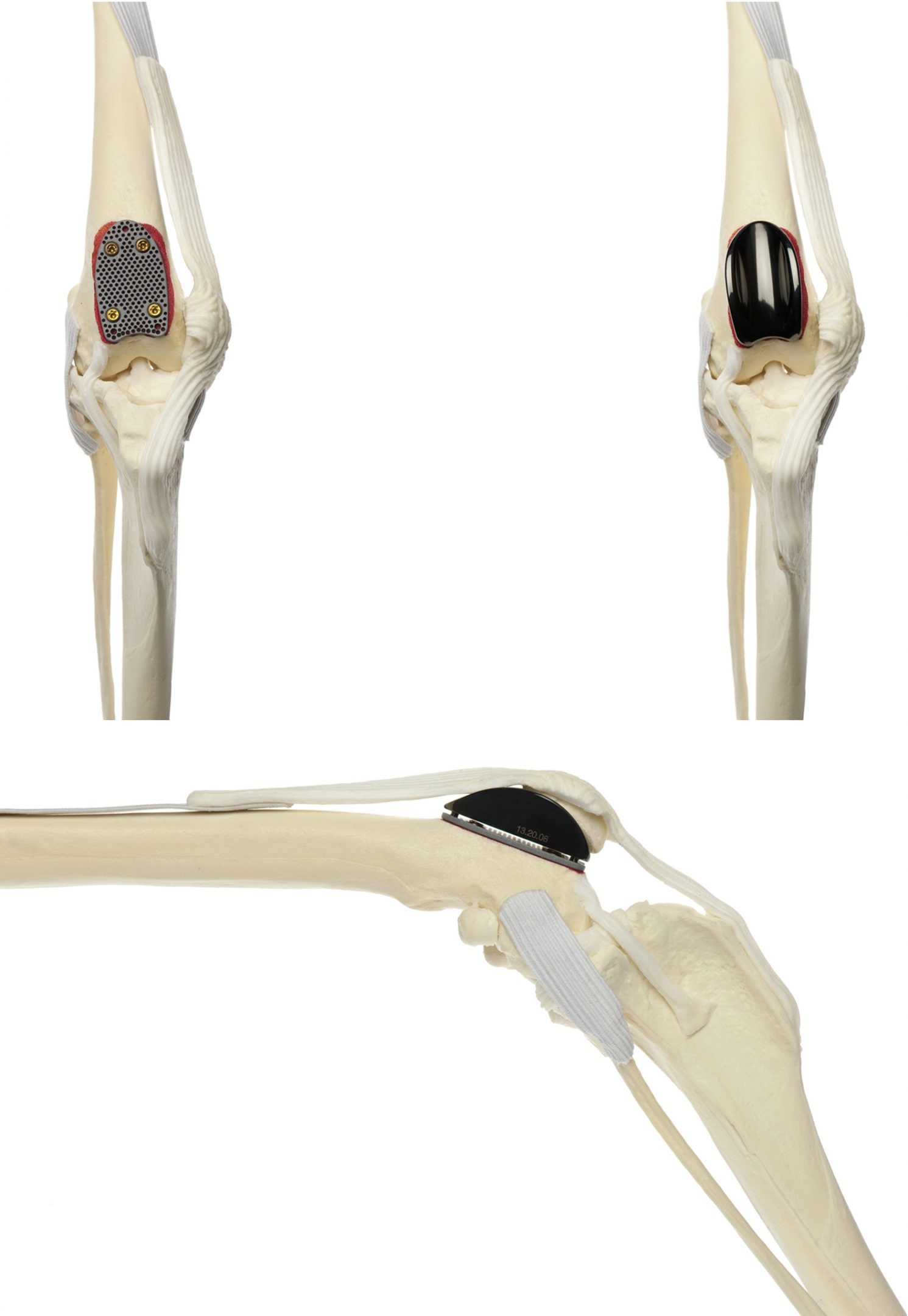Our practice offers advanced laser therapy services that are fast, non-invasive, and completely pain-free. Utilizing photobiomodulation, laser therapy enhances patient recovery by reducing inflammation, preventing scarring, and speeding up healing times for your pet.
Laser therapy is especially beneficial for pets during and after surgery, as it helps improve the local biochemical environment of the tissue, promoting better repair and recovery. It can also aid in managing pain and inflammation, particularly in dogs prone to osteoarthritis, improving their mobility and overall quality of life with just a few sessions.
In addition, laser therapy is effective for treating oral surgery, superficial injuries, and acute physical trauma, making it a valuable tool in a wide range of veterinary procedures. Consult with our veterinarians to learn how laser therapy can support your pet’s healing process during surgery.







